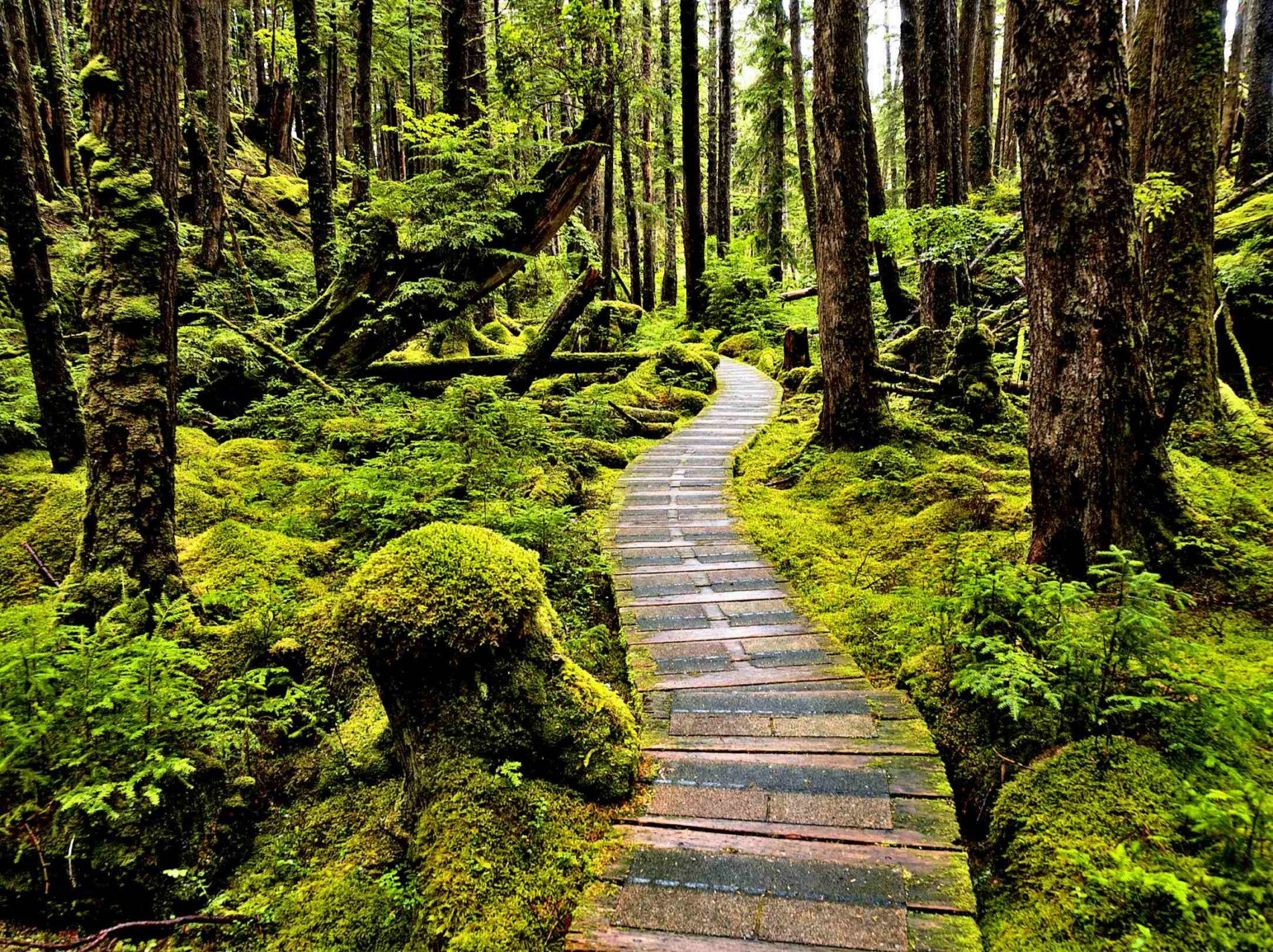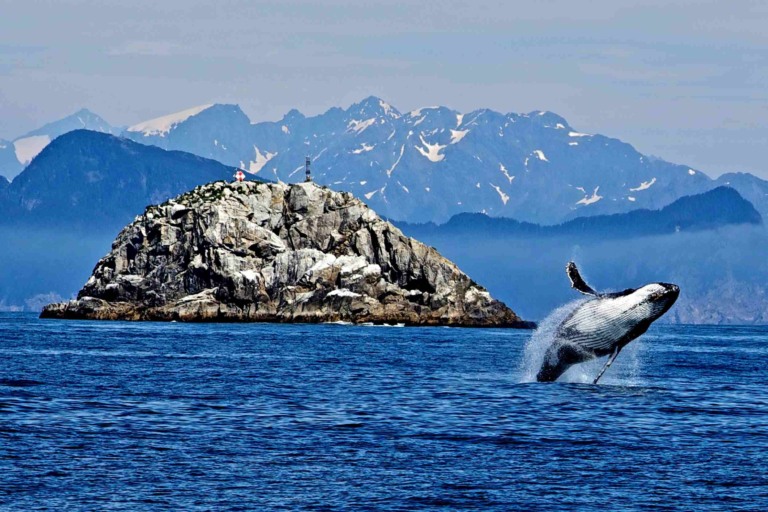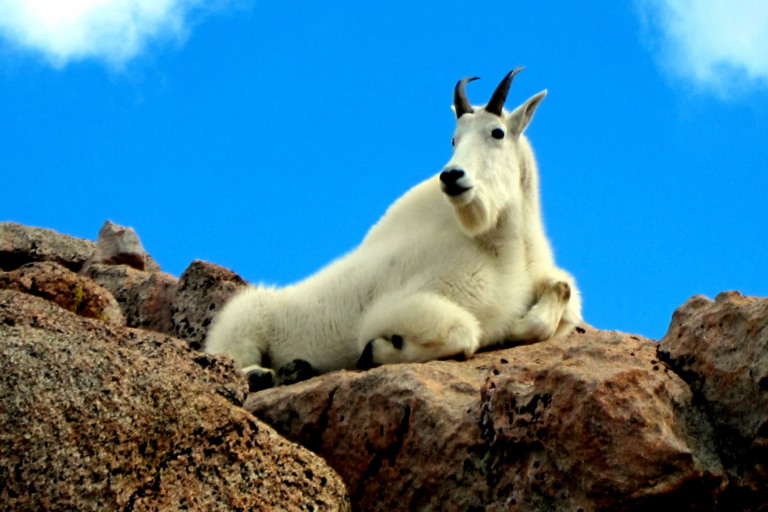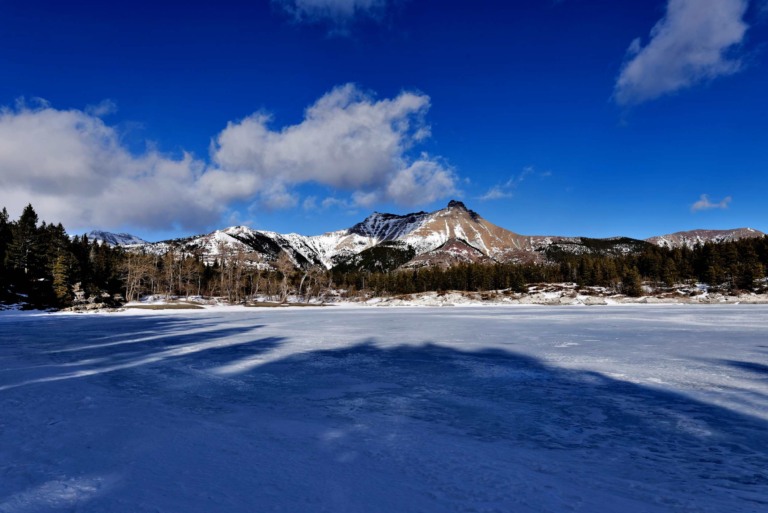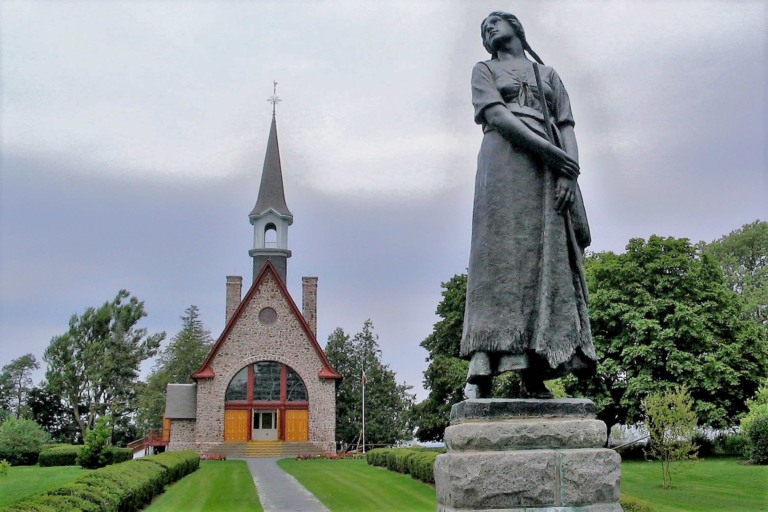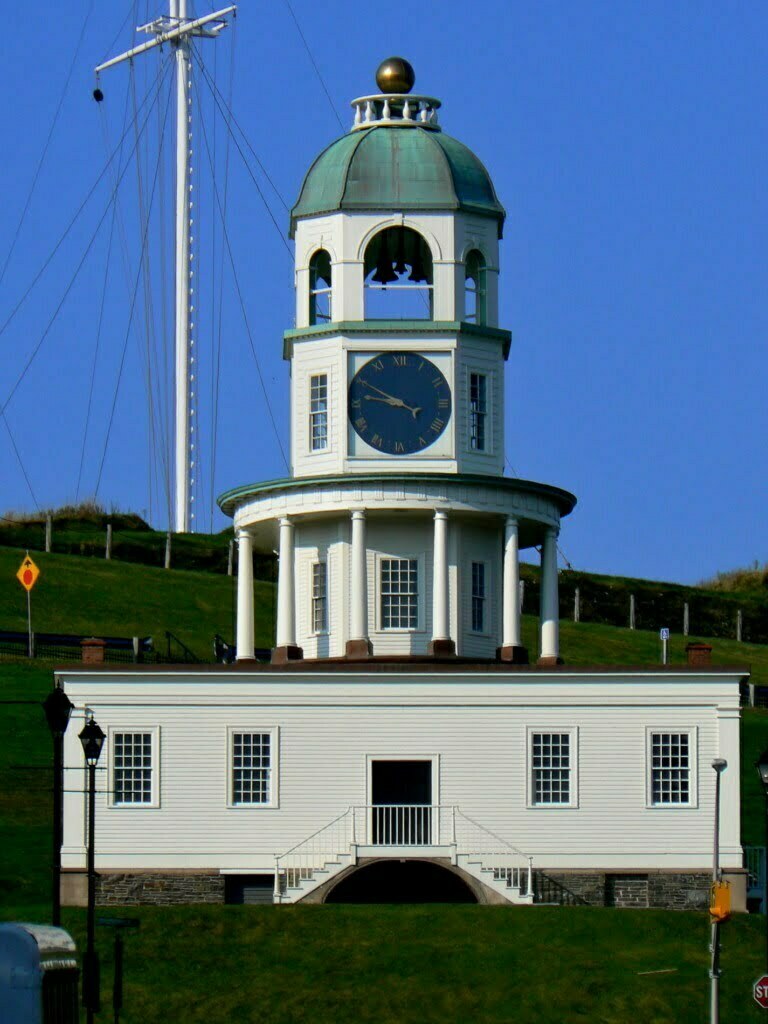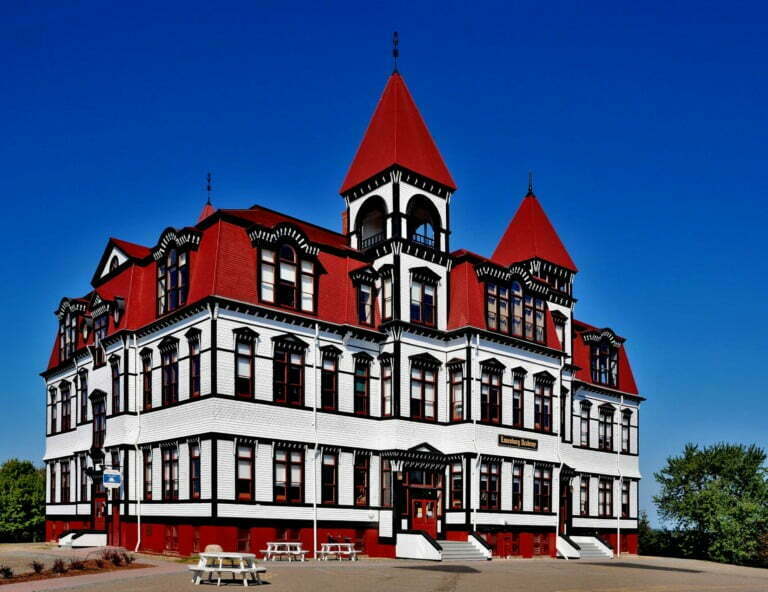SGang Gwaay Llanagaay, also called Red Cod Island or Ninstints, is a Haida village site and part of the Gwaii Haanas National Park Reserve and Haida Heritage Site on Haida Gwaii, which is off the North Coast of British Columbia, Canada. In 1981, the site of the village was named a UNESCO World Heritage Site. It’s also a Canadian National Historic Site and a National Marine Conservation Site.
Ninstints, also called Nans Dins, is a village that is part of SGang Gwaay. It is on a small island off the west coast of Haida Gwaii, or the Queen Charlotte Islands. The Haida people’s art and way of life can be seen in the ruins of their homes and in their carved tombstones and memorial poles. The site honors the Haida people’s living culture and their ties to the land and sea. It also shows how they can keep their oral traditions alive.
SGang Gwaay
The Haida name for Anthony Island, where the village is, is SGang Gwaay Llnagaay, which means Red Cod Island. This is also the name of the village site. In the late 18th and early 19th centuries, the village was called Koyahs, Coyahs, or Quee-ah, after the chief at the time, Koyah. In the middle of the 19th century, the village’s most powerful chief was called Ninstints. Ship captains often called places by the name of the headman or chief who lived there, so the name stuck.
Ninstints Haida Gwaii Islands
The Haida village was the most southern one. It was in a safe bay on the east side of the island, facing Kunghit Island, which is the most southern island in the archipelago. It is small, but it is the largest and safest Haida settlement. This is because it is on a sheltered, rocky bay. The first village in the southern archipelago to be written about is SGang Gwaay Llnagaay.
Today, SGang Gwaay Llnagaay has the most Haida totem poles still standing in their original places. Many of these totem poles are great works of art, but they are being left to break down on their own in the rich, temperate climate of the rainforest. Images of the ruins of SGang Gwaay Llnagaay are a symbol of Haida culture and of Haida Gwaii. They are also used to promote tourism on the islands and in the rest of the province.
The site is very far away, and the only ways to get there are by sea or air from towns in the north of the islands. The Haida have a program called “Watchmen” that puts Haidas at traditional village sites all over Haida Gwaii, including in Gwaii Haanas National Park Reserve and Haida Heritage Site, to protect the valuable Haida Heritage Sites. The Watchmen make sure that people who come to their traditional territories act in a respectful way and stay there.
History of SGang Gwaay
Archaeological evidence shows that people have lived on Haida Gwaii for at least 10,000 years, and the Haida’s territory goes north into southern Alaska. Kunghit Haida is another name for the people of SGang Gwaay llnagaay. The Kunghit Haida lived in the southern part of the Haida Gwaii archipelago. Their land went from Lyell Island to the most southern point of the archipelago. They had about a dozen permanent villages and a few smaller seasonal villages near places with a lot of resources.
John R. Swanton wrote down early Haida testimony that said there were twenty long houses. Larger Kunghit Haida villages had as many as seventeen or more longhouses, and their populations ranged from less than two hundred to more than five hundred. Thomas Price, the last chief to be born in Ninstints, was a well-known and very skilled carver of Haida art, especially in argillite.
SGang Gwaay Post-contact era
SGang Gwaay Llanagaay was where several important events happened when Europeans first met and traded with the Haida. George Dixon went to the village in 1787, at the start of the sea fur trade. He said that the Haidas they met at sea were eager to trade sea otter fur. This was the start of friendly trade.
Charles Duncan went back to SGang Gwaay Llanagaay in 1788 and twice in 1789, the first time with Robert Gray and the second time with his partner John Kendrick. After that, the trade relationship turned bad. Over the next few decades, the Haida and European traders in the area got along better and did more business together.
Because of this and the diseases that destroyed the villages, many people moved to economic centers like Masset, Skidegate, and even Victoria to take advantage of this growing relationship.
The 1862 smallpox epidemic in the Pacific Northwest killed a lot of the people who stayed at SGang Gwaay Llanagaay. In the years that followed, the population continued to fall because of new diseases. By 1875, the place was mostly used as a camp, and by 1878, everyone who lived in SGang Gwaay Llanagaay had moved to Skidegate.
List of Haida Villages
This is a list of Haida villages in Haida Gwaii, Alaska, which used to be called the Queen Charlotte Islands and Prince of Wales Island. The information on this list comes from John R. Swanton’s 1953 book, The Indian Tribes of North America, and the Canadian Museum of Civilization in Ottawa. Here are the villages that are still in use:
Alaskan Kaigani: Howkan, Sukkwan, and Klinkwan came together in 1911 to form Hydaburg (Kaigani). There are 382 people living there now. Kasaan is in the Skowl Arm of Kasaan Bay. It is on the east side of Prince of Wales Island. Graham Island in Canada: Masset is a town on Graham Island with a population of 884. It is at the mouth of Masset Inlet on the north coast.
The Haidas and the Spanish met before the British took over, which is how Masset got its name. Masset is actually made up of three separate communities that are close to each other: Atewaas, or Old Massett, which has a population of 614; Jaahguhl; and Kayung. Skidegate is on the southeast coast of Graham Island. It is on the north side of Skidegate Inlet, near where it opens. 781 people live there now.
Haida Tribe Facts
The Haida tribes were known for their architecture and art, both of which focused on decorating wood in creative ways. They put images of the supernatural and other things on useful things in a very standard way. They also made beautiful totem poles with crests that were painted and carved. Let’s know some fun facts about the Haida tribe.
Haida House
Haida houses were made of western red cedar and had a strong frame with thick corner posts that held up big beams. Wide planks were used to cover the frame. There were sledgehammers, adzes, hand mauls, and wedges for splitting wood that were used to build houses.
Haida Village
Permanent Haida villages were made up of one or more rows of houses lined up along the beach. There were a lot of villages with two rows of houses, but villages with up to five rows of houses only existed in myths. The town chief’s house was usually bigger than the others and stood in the middle of the village.
Is there still a Haida Tribe
Since the beginning of time, Haida people have lived on Haida Gwaii. Our traditional land includes parts of southern Alaska, the Haida Gwaii islands, and the waters around them.
Where do Canadian Haida People Live
BC. Haida are native people who have always lived in the bays and inlets along the coast of Haida Gwaii, which is in British Columbia.
What makes Haida Gwaii so unique
Haida Gwaii is a group of islands off the northern coast of British Columbia. It is often called “the Galapagos of the North” because it is home to more than 200 bird species, half of British Columbia’s sea lions, and the most diverse marine wildlife in Canada.
What is the Religion of the Haida Peoples
The Haida used to believe in many supernatural beings, reincarnation, and the presence of shamans as part of their religion. Since religion is a big part of the Haida way of life, this entry considers the religious group to be the same as the society as a whole.
What Language did Haida Speak
Haida (Xaat Kl, Xaadas Kl, Xaayda Kil, Xaad kil) is the language of the Haida people. It is spoken in the Haida Gwaii archipelago off the coast of British Columbia and on Prince of Wales Island in Alaska. Haida is an endangered language with only 24 native speakers, but there are efforts to bring it back to life.
What do people know the Haida for
The Haida were well-known for their art and buildings, which were both made of wood and decorated in unique ways. They put pictures of supernatural and other beings on useful things in a style that was very standard. They also made elaborate totem poles that had crests that were carved and painted on them.
What kind of Food do the Haida Eat
In the forests and mountains, they hunted things like deer, bears, and mountain goats. The Haida would also fish in lakes and rivers. The most amazing thing about them is that they hunted big sea animals like seals and sea lions. In North America, people raised corn, beans, and squash.
How many Haida are still Alive
About 2,500 Haida people live on Haida Gwaii today. They make up half of the island’s population. There are 2,000 more members all over the world, with big groups in Vancouver and Prince George.
What happened to the Haida Tribe
In 1853, the British Colonial government made Haida Gwaii a part of the Colony of the Queen Charlotte Islands. In 1858, it became part of the Colony of British Columbia.
Can you Stay on Haida Gwaii
Hiellen Longhouse Village is on Haida Nation land and near the beautiful Naikoon Park in Northern Haida Gwaii. It has seven traditional Haida longhouse cabins and a main Haida longhouse, all of which are pet-friendly and designed to make guests feel comfortable and at home.
